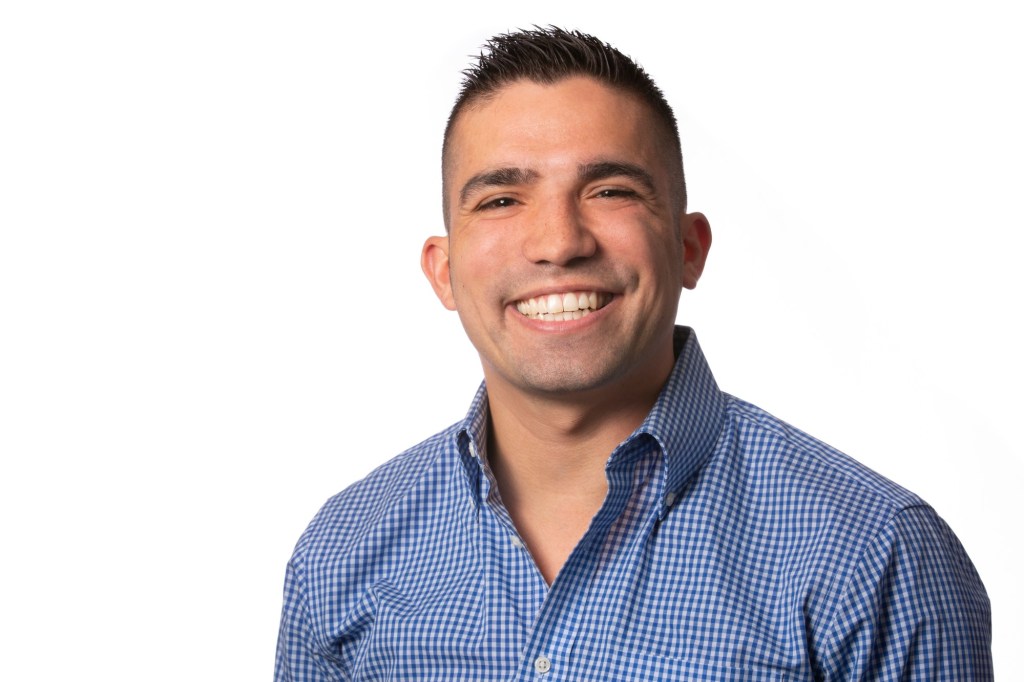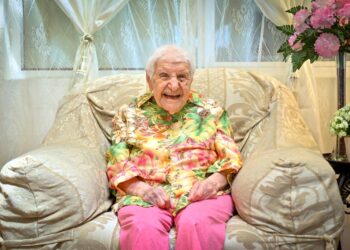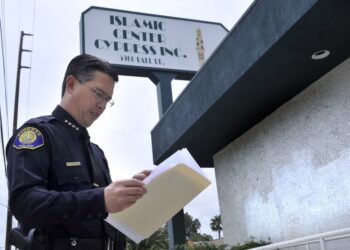By Larry Urish contributing writer
You needn’t be a dendrologist to understand that you can’t tell much about a forest by examining just one tree. It takes a broader perspective to “see the forest for the trees,” in this case literally.
Likewise, no historian can discern much about a group of people, past or present, by looking at just one artifact. However, by “pulling back” and analyzing thousands of artifacts, then culling together the collective information provided to see a much bigger picture, the historian can draw some often-fascinating conclusions.
That’s where digital history comes in.
“Analyzing digital history provides a broader view, a more expansive overall picture, than singular bits of data found on the internet,” said Eric Gonzaba, Cal State Fullerton assistant professor of American studies.
Gonzaba earned his master’s and doctorate degrees at George Mason University in Fairfax, Va. After starting graduate school at George Mason, “I had no idea they train all of their (history) students in digital history.” Drawn toward gay history, Gonzaba studied gay travel guides as a means of viewing the past and soon discovered the Damron Guides.
“Damron” refers to Bob Damron, who owned several gay bars, primarily in San Francisco. As a side project during the mid-1960s, he started publishing the “Bob Damron Address Books,” which initially featured information about other gay bars but later expanded to include a host of other gay meeting spots throughout the U.S.: bookstores, restaurants, bathhouses, cinemas, cocktail lounges, cruising grounds and the like.
The Damron Guides grew massively (but quietly) popular among the mostly closeted gay community. To many gay people throughout the country, the guides provided a sense of community and safety. To Gonzaba, however, it furnished a historical treasure trove of data points ripe for electronic picking.
This brings us to the Mapping the Gay Guides project…
Read the full article here







